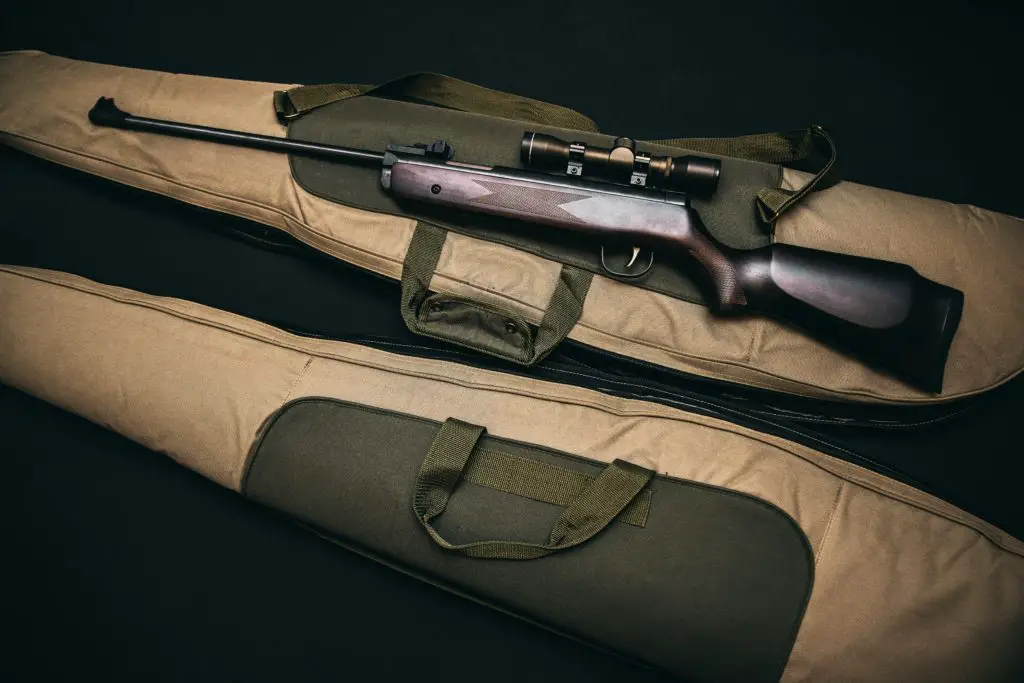On the vast 11 million acres of land known as Minnesota, hunters troop-in in large numbers to hunt game. Minnesota is home to different species of animals, ranging from big game such as bears, deer, and elks to small game such as badgers, foxes, raccoons, rabbits, and squirrels. Birds like waterfowls (geese, ducks, and swans), cranes, wild turkeys, and pheasants can also be found there. Minnesota is a good hunting ground mainly because of its diverse landscape, which houses four distinct biomes. For safety purposes, you can’t walk into Minnesota and start hunting, you need a license! Know more about Minnesota Hunting License

The agency that regulates hunting operations in Minnesota is the Minnesota Department of Natural Resources(DNR). One of its aims is to protect and regulate the state’s wildlife resources. They also give licenses and recreational vehicles. To buy a license, you can either go to the Minnesota Department of Natural resources website or you can visit local vendors or a licensing agent. To buy a hunting license, you need to have a valid Minnesota Firearm Safety Certificate.
Throughout the year, the DNR has seasons, where a particular type of game is hunted using a specific type of weapon and in a specific part of Minnesota. It has become a culture for fathers to bring their sons and teach them to hunt during the hunting season.
Bear
Bear hunting is also permitted in Minnesota albeit with appropriate licenses and following the set down rules and regulations. The only species of bear found in Minnesota is the black bear. Black bears are the smallest species of bears but this does not mean they are not dangerous. The limit on bear hunting is that one licensed hunter may only hunt one bear per season. Any successful bear hunter must tag it before storing or transporting it. The killed bear must then be presented for registration.
Deer
The white-tailed deer is the type of deer mostly available in Minnesota. The season designated for hunting deers using bows and arrows is usually from September to December. The season for Firearms is usually in November alone while the season for using Muzzleloaders is from November to December.
Deer licenses are specific to the type of weapon used and the season. You should not purchase a Deer archery license and hunt with a muzzleloader. It should be noted that you cannot have more than one firearm, muzzleloader, and archery deer license per year. The purchased license also comes with a site tag. The site tag must be at the site hunting site and should be attached to the killed deer before it is transported out of the site for processing or storage. Every deer taken must be registered. There are strict laws about the number of deers that can be killed per hunter. This is done to protect the deer population against overhunting. The deer population has seen a significant decrease in the last decade because of a disease called Chronic Wasting Disease (CWD). CWD affects deer, elk, moose, and reindeer. It is always fatal and can spread fast so the DNR has been trying to contain it.
Small Game
Small games such as Badgers, squirrels, mourning doves, rabbits, etc. also have various hunting seasons throughout the year. There are also daily limits to the number of animals you can hunt depending on each species. Rabbits, hares, and squirrels may be taken by hunting or trapping.
Waterfowls
Waterfowls such as teals, geese, ducks, coots, etc also have various hunting seasons throughout the year and are usually statewide. There is a combined daily limit for a species which is 6. It is prohibited to hunt ducks, geese, cranes, etc with lead shot or while in possession of lead shot. You should only use a shot approved by the US Wildlife Service. It is also unlawful to injure or kill any migratory bird without making any effort to retrieve it.
Wild Turkeys
Wild turkeys can also be found in the plains of Minnesota, but to hunt them on public property you need a license. Wild turkey hunting season is usually between April and May. After killing a wild turkey, it must be registered within 24 hours, and the feathers, head, and feet must be on its body until after registration. After a successful hunt, the hunter must tag the wild turkey immediately after taking the bird before transporting it.
Conclusion:
Hunting licenses have a validity period of one year and they must be bought before the season starts. The price of the license varies depending on residency status. Non-residents pay more than residents. It should be noted that the DNR will collect your social security number when you apply for a hunter’s license.
Frequently Asked Questions
- Are there any animals I can hunt without a license?
No. You need a license to hunt in Minnesota, especially if you will use any sort of firearm. Even on private property
- Are there additional charges when buying licenses?
It depends on where you are buying from. External vendors usually charge $1 as agents’ fee.


